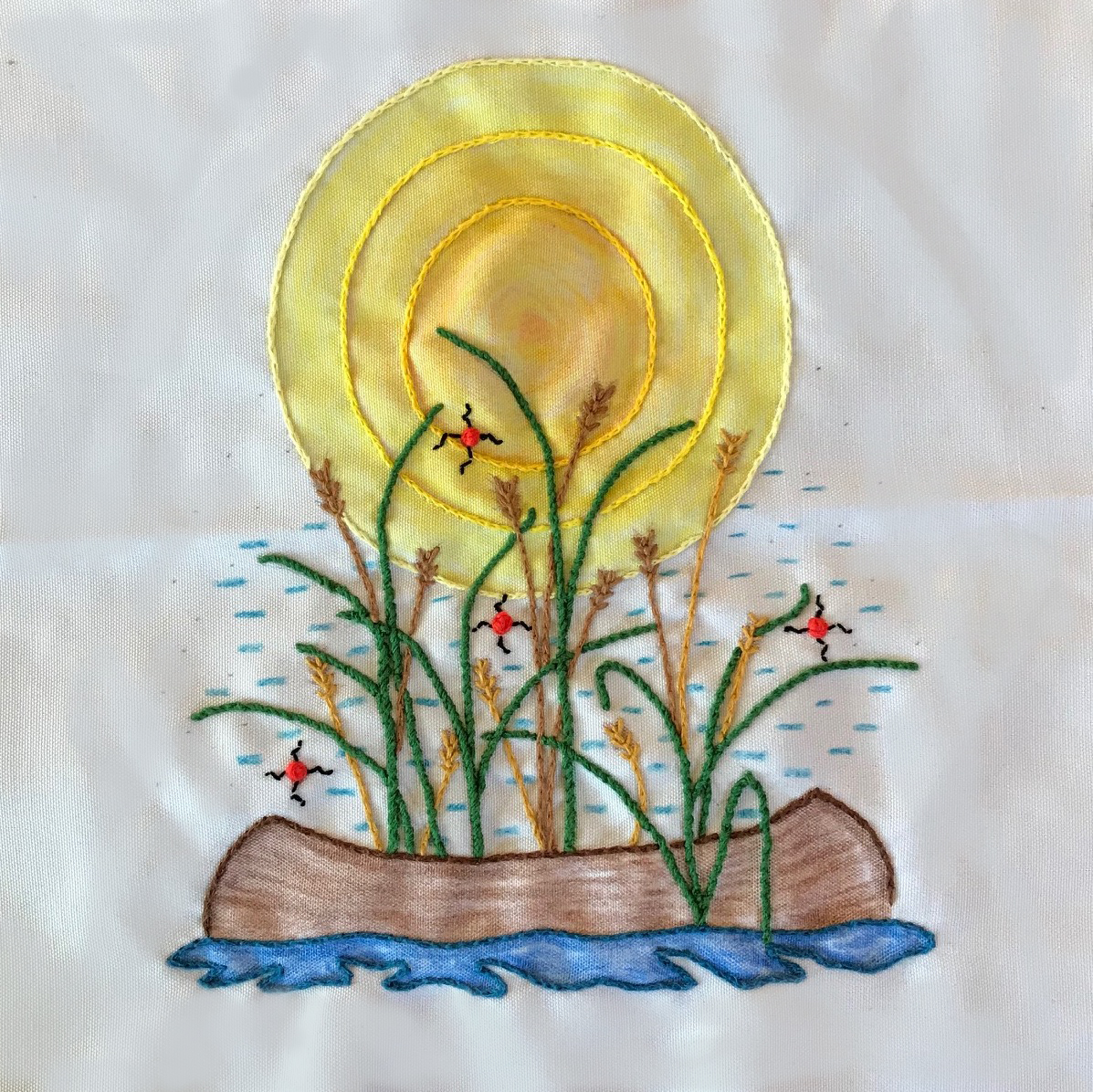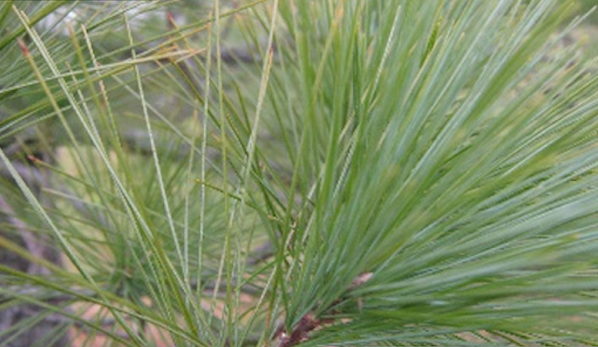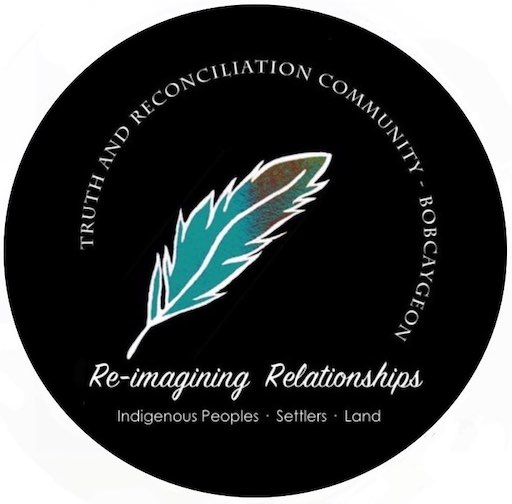Manoomin - Wild Rice
What is Manoomin?
Wild rice : Manoomin is a species of grasses forming the genus Zizania, and the grain that can be harvested from them. The grain was historically gathered and eaten in North America.
Wild rice is not directly related to Asian rice. Wild-rice grains have a chewy outer sheath with a tender inner grain that has a slightly vegetal taste.[3]
The plants grow in shallow water in small lakes and slow-flowing streams; often, only the flowering head of wild rice rises above the water. The grain is eaten by dabbling ducks and other aquatic wildlife.

See article in Lindsay Advocate by Dr. Sylvia C. Keesmaat Wild Rice and the Michi Saagiig Nishnaabeg
Pine Tree Talks
Now on-line: Manoomin: The Good Seed. This free 3-part educational series provides basic knowledge about wild rice and its growth in Michi Saagiig Nishinaabeg homelands (Treaty 20) in the Kawarthas.
Webinar 1: Michi Saagiig Nishnaabeg and Manoomin
Webinar 2: The Ecology of Manoomin
Webinar 3: Putting Manoomin on the Table
Featuring Gidigaa Migizi (Doug Williams), Dorothy Taylor, Jeff Beaver, Leanne Betasamosake Simpson, Eric Sager, Janice McCue, Autumn Watson and Daemin Whetung. Host: Heidi Burns.
These webinars are part of the Pine Tree Talks of the Chanie Wenjack School for Indigenous Studies.


The History
Manoomin, meaning good grain or seed … has been a staple of (the Michi Saagiig Anishinaabe) diet (for at least 4000 years). In the early 1900s, flooding of the water systems through the Kawarthas with the completion of the Trent-Severn Waterway almost eradicated the wild rice in the area.
The many and varied archaeological sites provide material evidence of the population density and extraordinary richness of the lives and culture of ancestral people, their important connections to the lakes and wetlands, and their extensive trade connections with other communities throughout the Great Lakes, including access to silver and copper.
Wild rice was one of several critical resources that enabled a large number of people to live in the Kawarthas. By about 4,000 years ago, there is good evidence that local communities were increasingly managing a variety of wild resources and likely cultivating native plants to improve their predictability and productivity for food.
~ Excerpt from “My Kawartha Publication” article
Community Voices for Manoomin (CVFM) – is a group which to which several members of TRC-Bobcaygeon belong. This group on Indigenous and non-Indigenous members is dedicated to protecting Manoomin and the Indigenous rights to tend and harvest it.
In 2019 there were 4 Ceremonial Paddles in honouring the manoomin during each of the corresponding with the stages of manoomin’s lifecycle.

Two Perspectives
*excerpt from CBC article “ Cottage country conflict over wild rice leads to years of rising tensions.”
The Tri-Lake area is a water system in the Kawarthas made up of three lakes: Pigeon Lake, Buckhorn Lake and Chemong. Curve Lake First Nation, where Whetung is from, is on a peninsula of land surrounded on one side by Buckhorn Lake and on the other Upper Chemong Lake.
Whetung runs a business, Black Duck Wild Rice, and harvests the grain for sale commercially. He said he also provides opportunities for community members and local schools to bring classes in to learn about the process.
“It’s our inherent right to be able to do that and the Williams Treaty enshrined our rights in the constitution,” said Curve Lake councillor Lorenzo Whetung.
Residents on Pigeon Lake see things differently.
They say that over the last few years they’ve been watching their shoreline be consumed by thick reeds as the wild rice fields expand.
